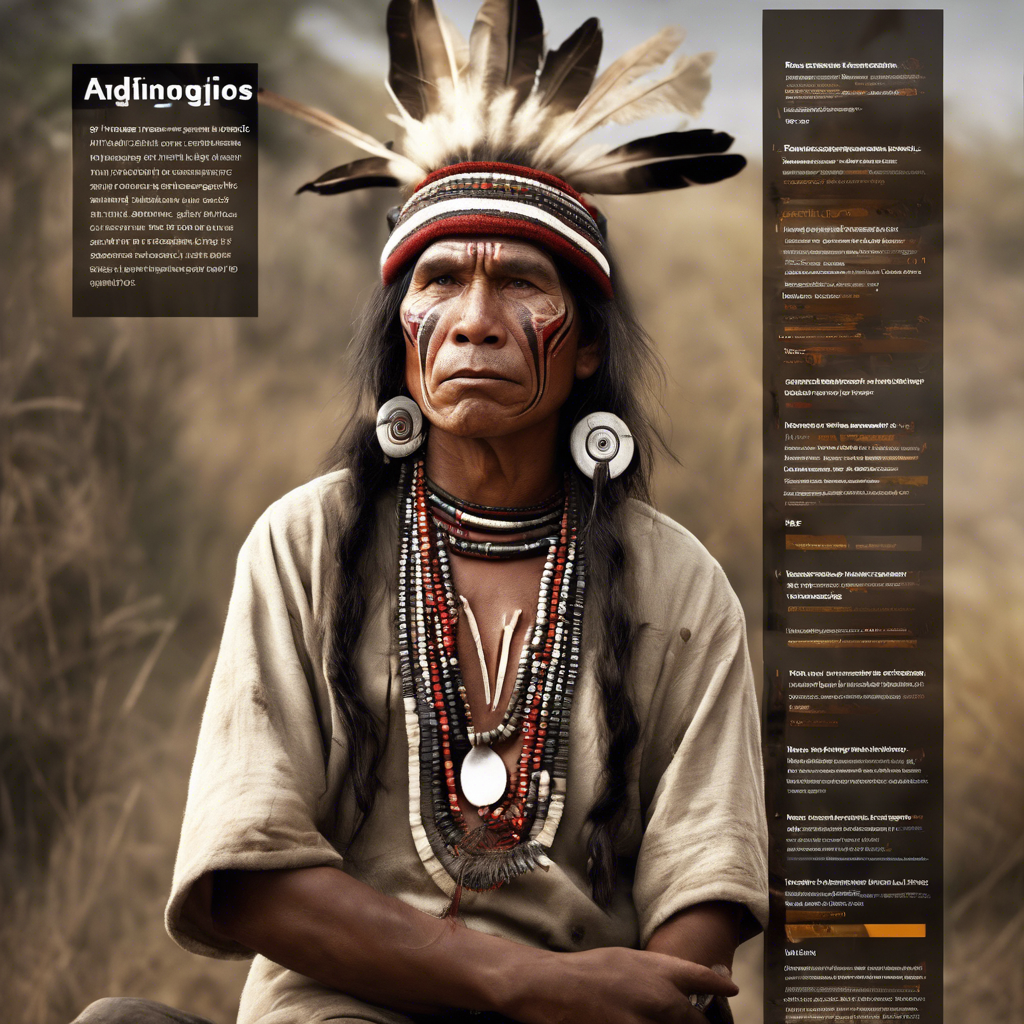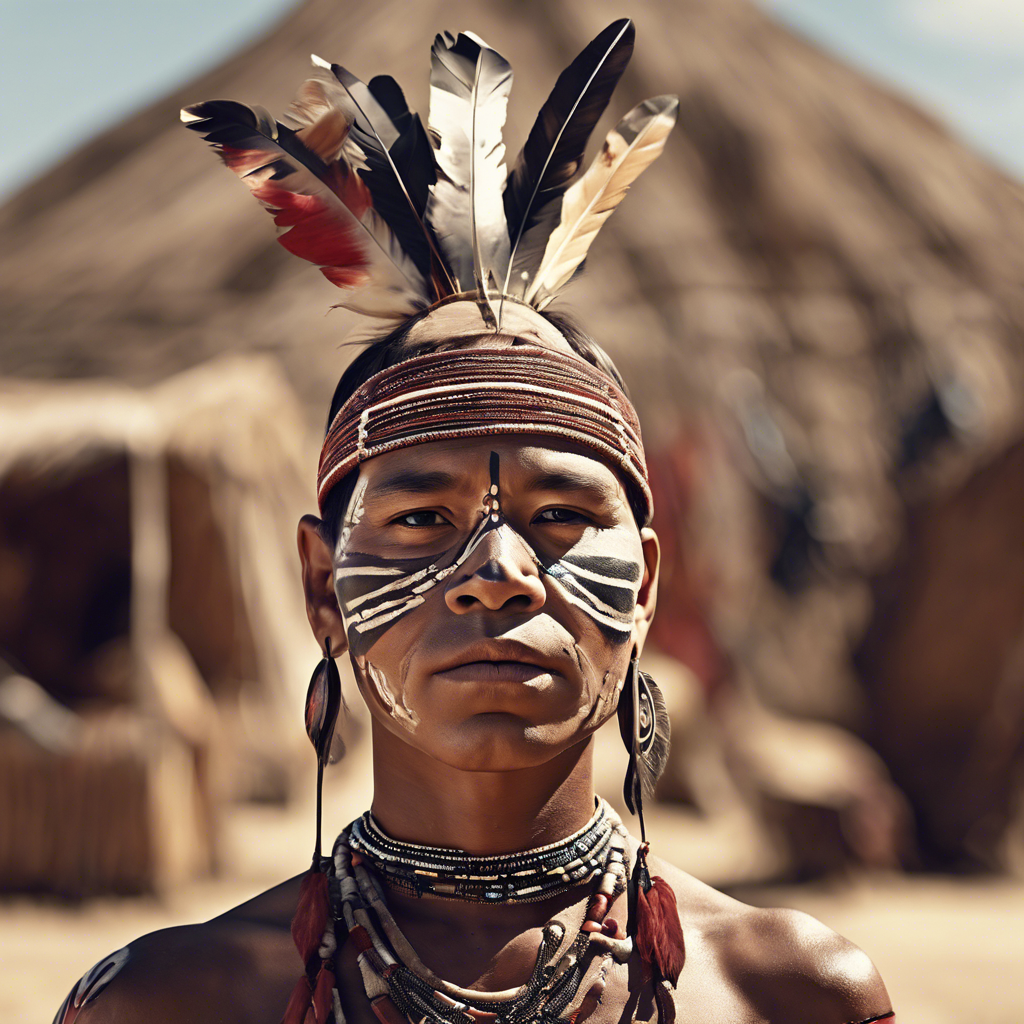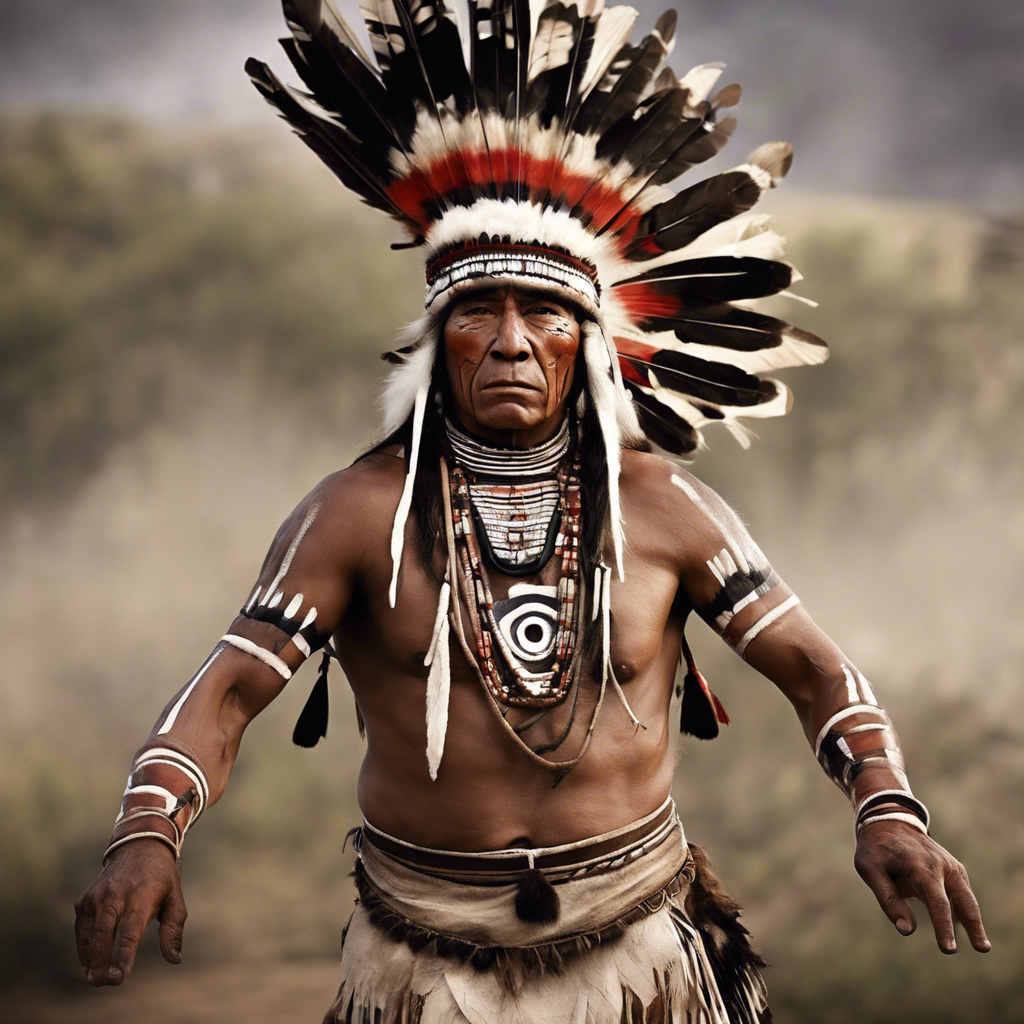Unveiling the Rich History and Significance of Indigenous Art and Design
- ChatStick For Brand
- Jul 17, 2024
- 5 min read

Indigenous art stands as a testament to the rich tapestry of human history, offering a window into the diverse cultures and traditions that have shaped our world. Each stroke of paint, every carved symbol, and meticulously woven pattern carries with it centuries of wisdom, stories, and beliefs. These artistic expressions not only serve as a visual feast for the eyes but also as a profound connection to the past, a bridge between generations, and a beacon of cultural resilience.
Through indigenous art, we can witness the deep reverence for nature, the intricate relationships between humans and the environment, and the spiritual beliefs that underpin entire civilizations. The colors, motifs, and techniques used in indigenous art are not merely decorative; they are imbued with meaning, symbolism, and a sense of belonging. These artworks serve as a living archive of oral histories, mythologies, and ancestral knowledge, ensuring that the voices of the past continue to echo through the present.
Moreover, indigenous art plays a crucial role in fostering community cohesion and identity. Artistic practices are often deeply intertwined with social rituals, ceremonies, and collective activities, creating spaces for shared experiences, creativity, and celebration. In this way, indigenous art serves as a powerful tool for building solidarity, strengthening cultural bonds, and promoting a sense of belonging among individuals and communities.
As we delve deeper into the mesmerizing world of indigenous art, we uncover not just beautiful creations but also a profound legacy of resilience, resistance, and renewal. These artworks are a testament to the enduring spirit of indigenous peoples, their unwavering commitment to preserving their heritage, and their ongoing struggle for recognition, justice, and self-determination. By exploring the historical roots and contemporary significance of indigenous art, we come to appreciate its transformative power and its enduring impact on the cultural landscape of humanity.
1. Diverse Cultural Expressions
Indigenous art serves as a powerful testament to the rich tapestry of traditions and histories woven through generations of indigenous peoples across the globe. The intricate beadwork of Native American tribes, for instance, not only showcases exquisite craftsmanship but also symbolizes the stories and experiences passed down through oral traditions. Each bead carefully placed on a piece of art tells a story, whether it's about survival, resilience, or connection to nature. Similarly, the vibrant dot paintings of Aboriginal Australians are not merely decorative pieces but profound expressions of cultural knowledge and spirituality. Every dot meticulously painted on canvas represents a connection to the Dreamtime, the ancestral realm where creation stories and spiritual beliefs intertwine. Through these artworks, indigenous artists communicate their deep reverence for the land, the spirits that inhabit it, and the interconnectedness of all living beings. Moreover, indigenous art is not static; it evolves and adapts to contemporary contexts while retaining its cultural authenticity. Artists blend traditional techniques with modern materials, creating innovative pieces that bridge the past and the present. This fusion of old and new reflects the resilience and adaptability of indigenous cultures in the face of ongoing challenges and changes in the world. In essence, indigenous art is a living expression of cultural heritage, resilience, and creativity. It invites viewers to delve into the intricate layers of meaning, symbolism, and history embedded in each stroke, bead, or dot, fostering a deeper appreciation for the diverse indigenous cultures that continue to enrich our world.
2. Ancient Origins
The history of indigenous art is a profound tapestry that weaves through the annals of time, stretching back millennia to the very origins of human creativity. From the enigmatic cave paintings of our ancestors to the intricate rock carvings etched into the earth's surface, indigenous art stands as a testament to the enduring spirit of ancient traditions. These artistic expressions serve as portals to the past, offering us a window into the lives, beliefs, and customs of indigenous peoples who have inhabited the lands long before us.
Each stroke, each symbol, each motif found in indigenous art carries a profound significance, steeped in the deep-rooted connection that these communities have with the natural world. The reverence for nature is palpable in every brushstroke, every chisel mark, echoing the harmonious relationship that indigenous peoples have nurtured with the environment for generations. Sacred symbols intricately woven into the fabric of their art speak volumes about their spiritual beliefs, their cosmology, and their understanding of the universe.
Moreover, indigenous art is a living testament to the power of storytelling through visual means. These artistic creations are not mere decorations; they are vibrant narratives that speak of epic tales, ancestral wisdom, and the collective memory of a people. Through these visual narratives, indigenous artists pass down their history, their struggles, and their triumphs from one generation to the next, ensuring that their legacy endures through the ages.
3. Spiritual Significance
Indigenous art stands as a powerful testament to the deep-rooted spiritual connections that indigenous communities hold with their cultural heritage and the natural world. It serves as a visual language that transcends mere aesthetics, delving into the realms of spirituality and ancestral wisdom. Each brushstroke, carving, or weaving is imbued with layers of symbolism that speak volumes about the cosmological beliefs and creation narratives that have been passed down through generations.
From intricate patterns to vibrant colors, every element in indigenous art carries a profound significance, often intertwined with stories of the land, the stars, and the spirits that inhabit them. These artistic expressions are not merely decorative but serve as sacred conduits through which the past, present, and future converge in a harmonious dance of cultural continuity.
Moreover, indigenous art is a living testament to the resilience and creativity of these communities, showcasing their ability to adapt traditional forms to contemporary contexts while preserving the essence of their spiritual heritage. By engaging with art, both creators and viewers alike are invited to participate in a dialogue that transcends boundaries of time and space, fostering a deeper understanding of the interconnectedness between humanity and the natural world.
4. Cultural Resilience
In the face of colonization, displacement, and cultural erasure, indigenous art has been a potent tool for cultural resilience and resistance. Artists reclaim traditional practices, revitalize dying art forms, and assert their cultural identity through creative expression. Indigenous art serves as a form of cultural preservation, empowering communities to assert their presence and heritage in a rapidly changing world.
5. Global Influence
The influence of indigenous art transcends borders, resonating with people around the globe who are drawn to its authenticity, storytelling, and craftsmanship. From fashion runways to contemporary art galleries, indigenous motifs and techniques have inspired modern design practices, creating a bridge between the past and the present. The universal themes of indigenous art, such as respect for nature and interconnectedness, continue to resonate with audiences seeking deeper meaning and cultural authenticity.
6. Contemporary Revival
In recent years, there has been a resurgence of interest in indigenous art and design, fueled by a growing appreciation for diverse cultural heritage and a desire for authentic, meaningful art experiences. Indigenous artists are reclaiming their narratives, challenging stereotypes, and pushing boundaries with innovative collaborations and cross-cultural exchanges. As the world embraces diversity and inclusion, indigenous art is taking center stage, sparking conversations about identity, representation, and the power of visual storytelling.

Embracing the Legacy of Indigenous Art
Indigenous art and design are not merely aesthetic expressions but living testaments to the resilience, creativity, and cultural wealth of indigenous peoples. As we delve into the intricate patterns, vibrant colors, and spiritual symbols of indigenous art, we are invited to witness the beauty of diverse worldviews and honor the ancestral wisdom embedded in each brushstroke and stitch. Let us celebrate and preserve the legacy of indigenous art, recognizing its profound significance in shaping our shared humanity.

In conclusion, indigenous art and design invite us to embark on a visual journey through the sacred landscapes of ancient traditions, contemporary innovations, and future possibilities. Let us embrace the beauty, resilience, and cultural richness of indigenous art, honoring the voices of the past and present that continue to inspire us with their timeless creations.




Comentários